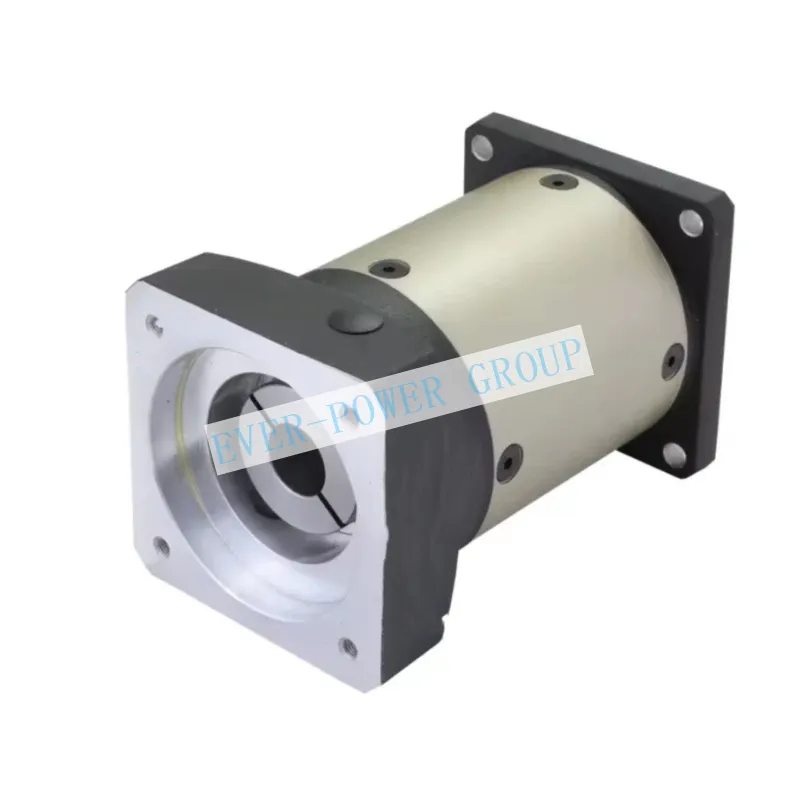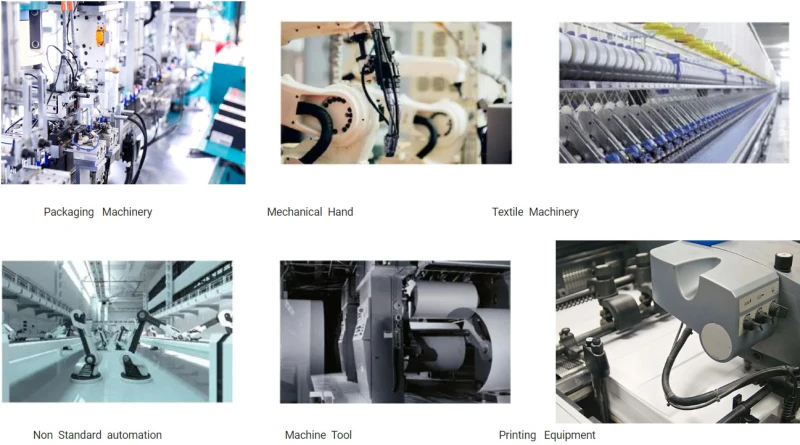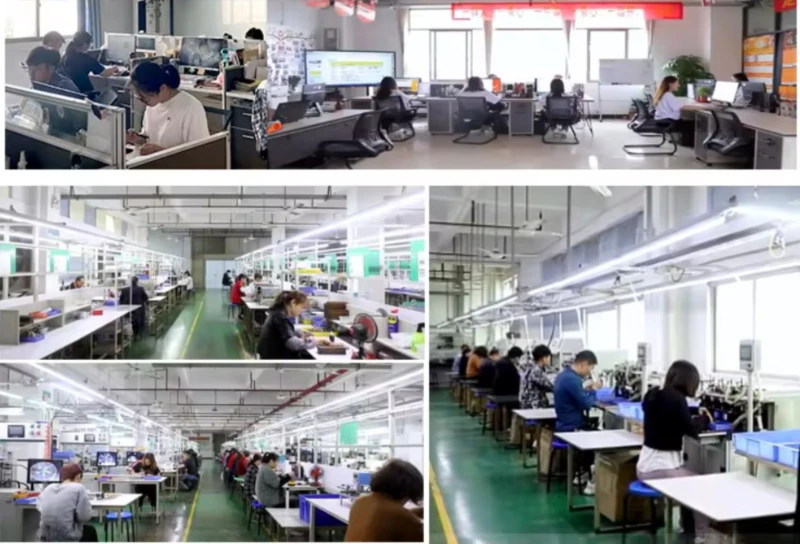Servo Reducers for Precision in Experimental Physics Devices

1. Introduction
In the field of experimental physics, precision is of utmost importance. To achieve accurate measurements and reliable results, scientists and engineers rely on servo reducers. Servo reducers play a crucial role in the functioning of various experimental physics devices, providing the necessary torque and control for precise movements.
2. Understanding Servo Reducers
Servo reducers, also known as servo gearboxes, are mechanical devices that reduce the speed of a motor while increasing the torque output. These reducers consist of gears that work together to transmit motion and power. Their design allows for precise control over rotational speed and accurate positioning, making them ideal for experimental physics applications.

3. Applications of Servo Reducers
Servo reducers find extensive use in a wide range of experimental physics devices, including:
- Particle accelerators: Servo reducers enable precise control of particle beams, ensuring accurate collisions and measurements.
- Laser interferometers: These devices rely on servo reducers to maintain stability and precision in measuring minute changes in interference patterns.
- Telescopes: Servo reducers enable smooth and accurate tracking of celestial objects, allowing astronomers to capture detailed observations.
- Robotics: In experimental robotics, servo reducers provide precise control over the movement of robotic arms and joints, enhancing manipulation capabilities.
4. Advantages of Servo Reducers
The use of servo reducers in experimental physics devices offers several significant advantages:
- Precision: Servo reducers provide precise control over rotational speed, allowing for accurate positioning and precise movements in experimental setups.
- Efficiency: These reducers efficiently convert high-speed, low-torque motor output into low-speed, high-torque output, optimizing the overall system performance.
- Reliability: Servo reducers are designed to withstand high loads and offer long-term durability, ensuring reliable operation in demanding experimental conditions.
- Customizability: Manufacturers offer a wide range of servo reducers with various gear ratios and configurations, allowing for customization based on specific experimental requirements.
5. Company Product Promotion
Our company is a leading player in the Chinese reducer market, offering a comprehensive range of high-quality products:
- Servo reducers
- Plastic gearboxes
- Gear motors
- Worm gearboxes
- Worm wheels
- Worm reducers
With a production capacity of 200,000 sets and state-of-the-art automated CNC production and assembly equipment, we pride ourselves on delivering top-notch products at competitive prices. Our commitment to exceptional product quality, affordability, and attentive customer service sets us apart. We welcome customers to contact us for customized solutions based on their drawings and samples.

6. Q&A
Q: What factors should be considered when selecting a servo reducer for experimental physics devices?
A: When choosing a servo reducer, factors such as gear ratio, backlash, torque capacity, and input speed range should be taken into account. It is essential to match the specifications of the reducer with the specific requirements of the experimental setup to ensure optimal performance.
Q: Can servo reducers be used in high vacuum environments?
A: Yes, there are servo reducers specifically designed for high vacuum applications. These reducers are made from materials that can withstand the conditions within a vacuum chamber and maintain their performance and reliability.
Q: Are servo reducers suitable for high-speed applications in experimental physics?
A: While servo reducers excel in providing precise control and high torque, their suitability for high-speed applications depends on the specific model and design. Some servo reducers are optimized for high-speed operation and can meet the demands of experimental physics devices requiring rapid movements.